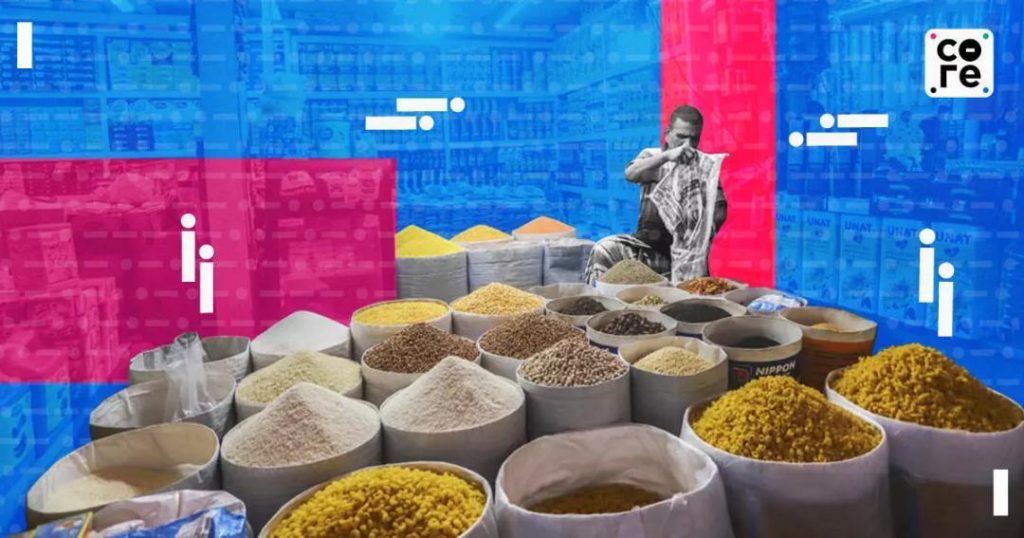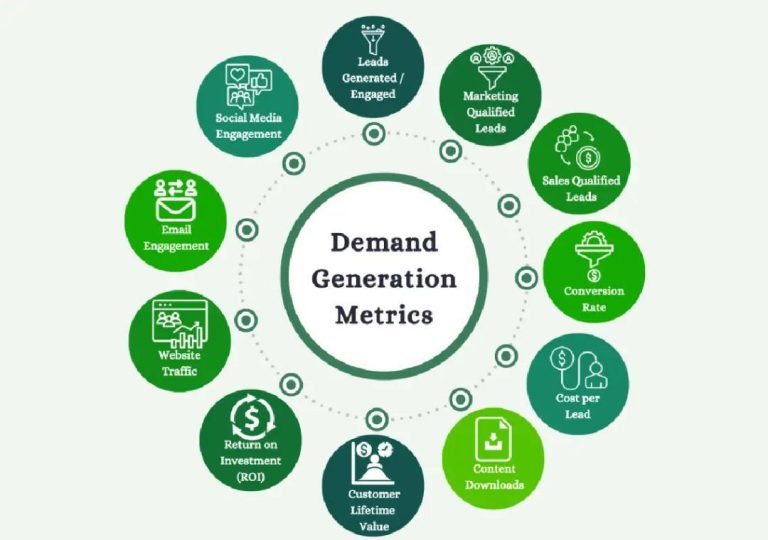
Urban FMCG Isn’t Slowing — It’s Just Trading Down
The FMCG (Fast-Moving Consumer Goods) industry has been a staple of urban consumer markets for decades. From packaged food and beverages to personal care and household essentials, these goods are a fundamental part of modern living. In recent years, however, there have been concerns about the slowing growth of urban FMCG demand. But is the truth really that demand is slumping, or is something more complex at play?
According to recent data from Kantar, the answer is the latter. Urban volume grew a respectable 4.4% in Q1 FY25, a trend that bucks the narrative of decline. But what’s driving this growth, and what does it mean for the industry as a whole?
The key takeaway is that urban consumers are trading down, opting for local or unbranded goods over their branded counterparts. This shift has significant implications for manufacturers, retailers, and consumers alike. In this post, we’ll delve into the numbers, explore the reasons behind this trend, and examine the implications for the industry.
Kantar’s data reveals that while branded sales may be dipping, overall consumption of FMCG goods remains steady. This means that consumers are still purchasing the same quantity of goods, but are opting for cheaper alternatives. For example, instead of buying a branded laundry detergent, a consumer might switch to a local or unbranded option.
This trend is not unique to urban areas, as rural growth remains steady. However, the urban-rural divide is an important one, as urban areas tend to be more concentrated and affluent. Rural areas, on the other hand, are often more spread out and less affluent. As a result, the urban-rural divide can have significant implications for the industry.
One of the most striking trends in the data is the dominance of home care products in the FMCG segment. Despite a slowdown in food sales, home care products continued to grow, driven by demand for cleaning and hygiene products. This is likely due to the ongoing pandemic and its impact on consumer behavior.
Food sales, on the other hand, have been more sluggish. This is likely due to a combination of factors, including changing consumer preferences and the rise of online shopping. Many consumers are opting for fresh, locally sourced produce and prepared meals, rather than packaged goods.
So, what does this mean for the industry? For manufacturers, the writing is on the wall. They must adapt to the new reality of consumer behavior, which means offering more affordable options and rethinking their product portfolios.
For retailers, the trend is also significant. They must work to maintain their market share by offering competitive pricing and promotions, while also investing in online shopping platforms to cater to changing consumer preferences.
For consumers, the trend is more nuanced. On the one hand, they are benefiting from lower prices and increased availability of goods. On the other hand, they may be sacrificing quality and convenience for the sake of cost savings.
In conclusion, the story of urban FMCG growth is not one of decline, but rather one of adaptation. Consumers are trading down, opting for local and unbranded goods over their branded counterparts. This trend has significant implications for the industry, from manufacturers and retailers to consumers themselves.
As the industry looks to the future, it must be prepared to adapt to changing consumer behavior. This means offering more affordable options, investing in online shopping platforms, and rethinking product portfolios. By doing so, the industry can not only survive but thrive in this new landscape.
Source:
https://www.thecore.in/business/urban-fmcg-growth-urban-trailing-rural-its-just-downtrading-835694






